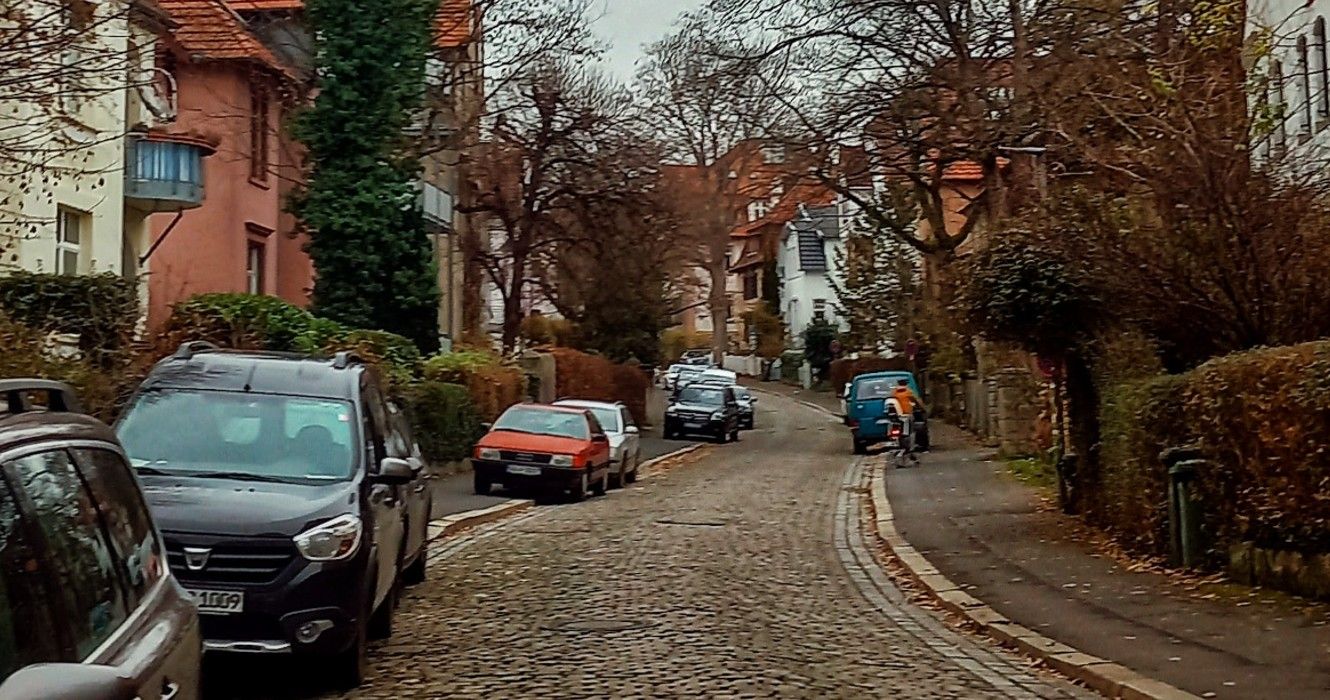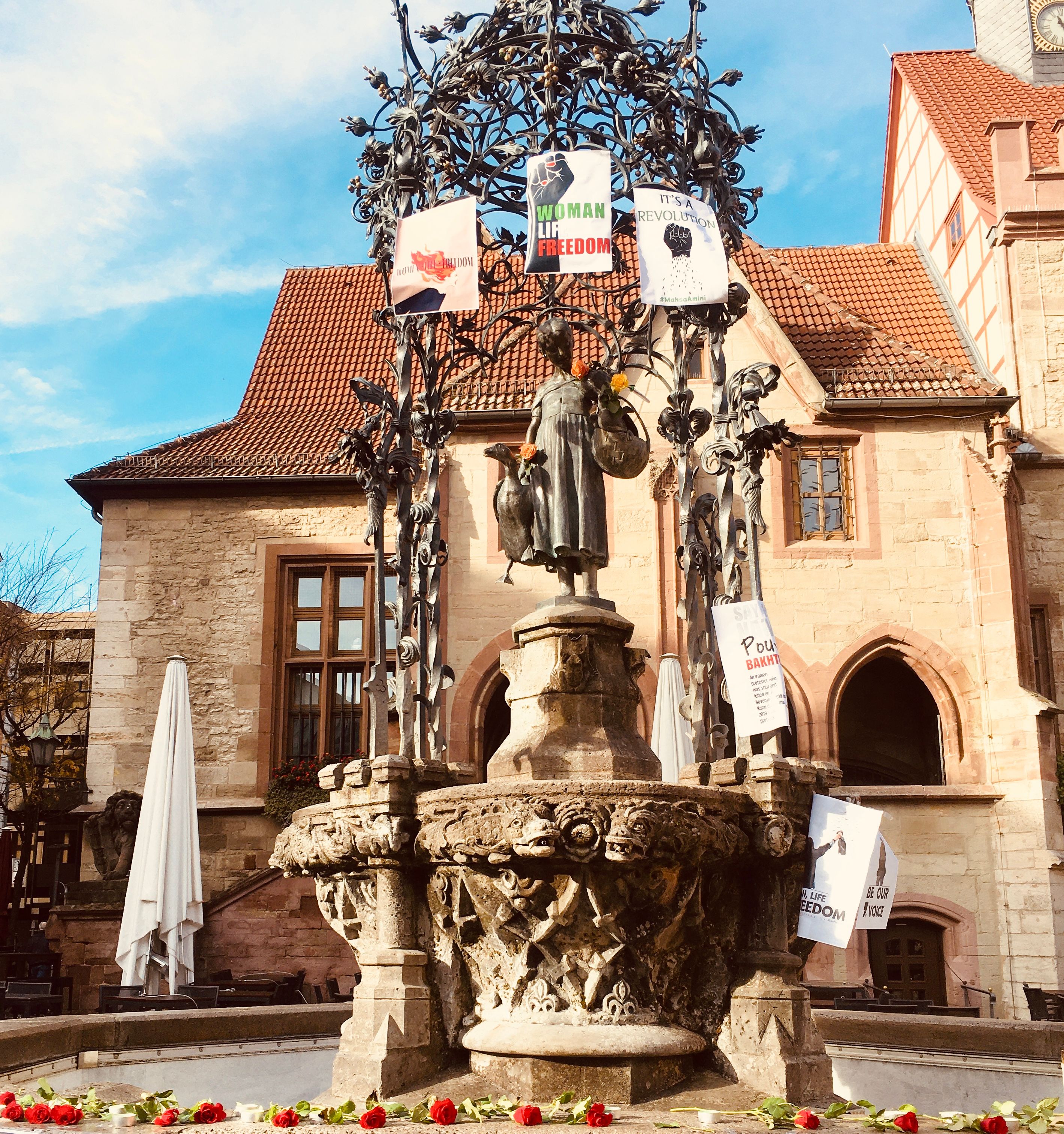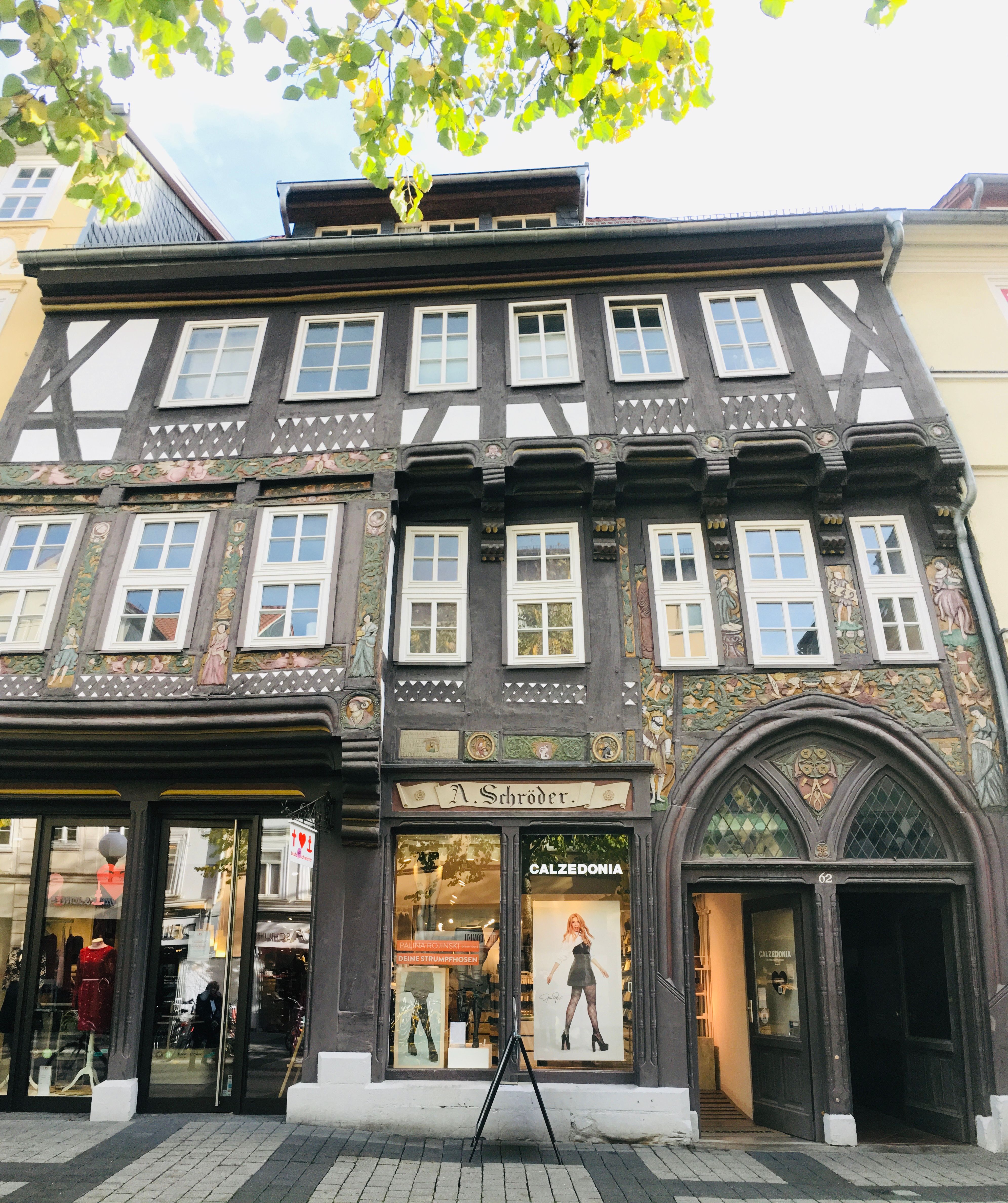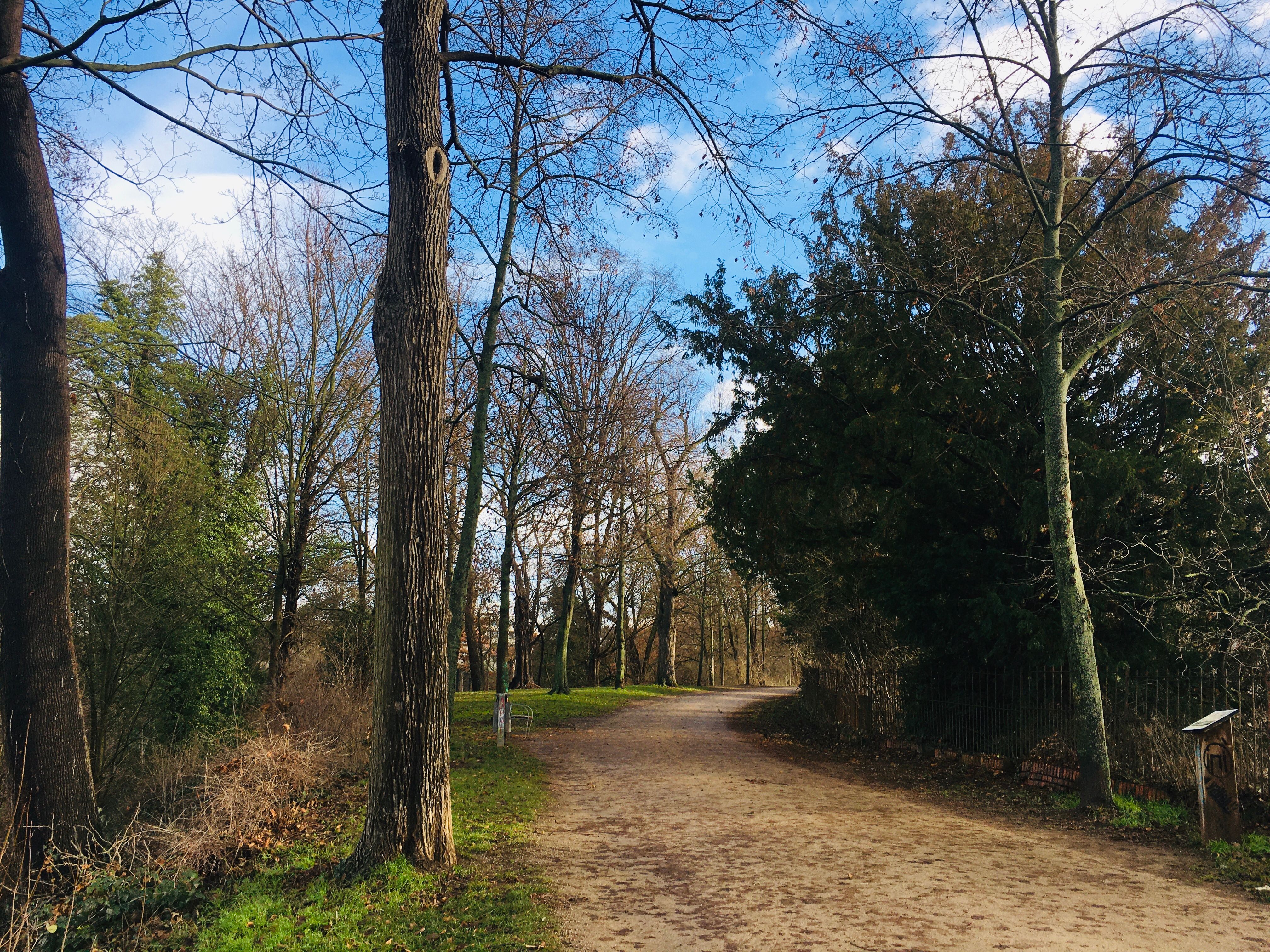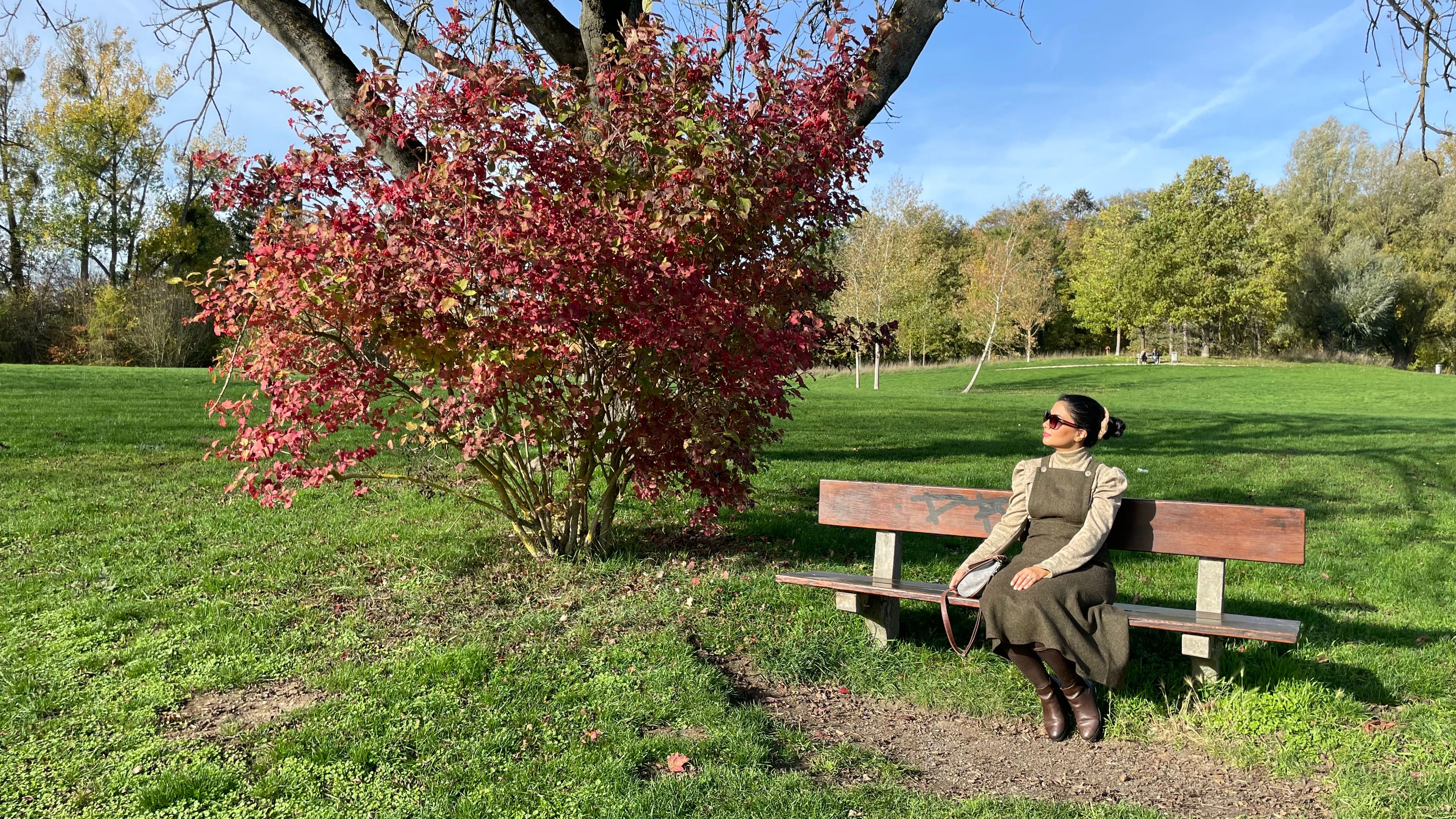Göttingen is a university town in the Leine Valley in southern Lower Saxony, and a great alternative to more touristy areas like Berlin. It may be said that the University of Göttingen is the epicenter of city life. The oldest university in Lower Saxony, it was founded in 1734 by King George II of England and the Elector of Hanover. Since students make up 20% of the population, many of the city's top attractions revolve around the university. Consider the botanical garden created by the great anatomist Albrecht von Haller or the innovative geophysics institute founded by Emil Wiechert.
Spring and autumn are the best seasons to explore this little city. The cherry blossoms in this city in the spring transform it into heaven, notably the pink and white blossoms on the university's central campus. This city is also quite lovely in the autumn because of the colorful leaves; it is advisable to walk around the lovely streets and enjoy the fresh air. Here are ten things to enjoy during a day trip.
10 Gänseliesel, The World's Most Kissed Girl
There has been an Art Nouveau fountain and statue on Göttingen's central marketplace in front of the old town hall ever since it was built in 1901. This statue is rather lovely; it depicts a young woman holding a goose in her right hand and a basket in her left. She's also sheltered from the sun by a beautiful wrought-iron canopy.
However, Gänseliesel's historic significance stems from the customs that surround it. Doctoral students at the University of Göttingen immediately began climbing up to kiss the monument as soon as it was completed.
A flower is also placed in the girl's basket as part of the same procedure. Her fame makes her "the most kissed girl in the world."
9 The Old Town Hall, Altes Rathaus
The original town hall in Göttingen was built in 1270 and served as the city's primary administration building for the subsequent seven hundred years.
Since 1978, the building has been home to Gottingen's tourist office, even though its grand main hall can be used for special events like weddings.
The ceiling beams here date back to the early 1400s, but the very contemporary paintings were actually painted in the 1880s by Hermann Schaper. These show common scenes from Renaissance Gottingen, such as a court scene, a merchant paying taxes, and a group of beggars getting money.
8 The Eye-Catching Twin Gothic St. John's Church
Near the "Old Town Hall," the distinctive twin Gothic church towers stand out in the skyline.
St. John's Church, the oldest church in Göttingen, is where the towers are located. The 16th century saw the construction of the church. The south tower held the main church bell, while the north tower housed the janitor. The two enormous towers each had a function.
The church has impressively endured riots, wars, and arson attacks to remain one of the top attractions in Göttingen today.
During the summer, it's easy to book a guided tour to the top of the tower.
7 St. Jacobi Gothic Church, The City's Tallest Structure
The St. Jacobi Gothic Church in Göttingen's Old Town stands tallest among all other structures.
The church, which has three aisles and was built in the late 12th century, has undergone various reconstructions. The impressive, 1402-era Gothic winged altarpiece is outstanding. When the inner panels are opened, 16 scenes from Christ's life and passion are displayed. The central panel portrays the tale of James, son of Zebedee.
The crimson geometric designs on the church's pillars are also extremely remarkable. These were rediscovered during restoration and date from the Renaissance.
St. Jacob is open every day for tourists, just like the majority of German churches. They can climb the church tower for a panoramic perspective of Göttingen and a breathtaking view of the city from 72 meters above the ground.
6 The Old Method Of Half-Timbered Houses
It is fairly obvious to see half-timbered houses while wandering through the Innenstadt. This is a traditional method of building with heavy timbers, using squared-off, precisely fitted, and connected timbers held together by hefty wooden pegs.
Many of Gottingen's medieval and Renaissance buildings are still standing or were quickly rebuilt after World War II.
The Junkernschänke at Barfüßerstraße 5, a charming old wine tavern that dates back to the middle of the 1400s, is generally regarded as the best example. The Gothic house at Rote Straße 25, which is one of Germany's oldest half-timbered structures, is even older, dating to 1273.
5 The Old Botanical Garden Of Göttingen University
An amazing floral garden built in 1736 and maintained by the university sits on 4.5 hectares on the northern curve of Göttingen's ancient defensive wall.
Albrecht von Haller, a Swiss anatomist, and naturalist was the mastermind behind the garden, which was planted with therapeutic plants.
With over 14,000 species spread across eight greenhouses and outdoor gardens, the garden is currently one of Germany's largest and most important scientific collections of plants.
On either side of the wall, tunnels connect the garden's inner and outer sections. Cactuses, bromeliads, ferns, carnivorous plants, orchids, succulents, tropical water plants, and rainforest species abound in those greenhouses.
Another great way to see nature in Germany is in the Black Forest, which is a half a day's drive from Göttingen.
4 Kiessee: A Breathtaking Sight
It is one of Gottingen's most tranquil and lovely spots.
The fact that swimming is not permitted here makes no difference in light of the social activity and the spectacular scenery. Visitors can sunbathe in the verdant meadows, and the shore route is popular for strolling, running, and cycling. There is also fishing available. There is a 3.5-kilometer circular trail for people who desire to trek further.
The Kiessee is well-equipped for amusement, sporting delight, and physical well-being. Aside from an exciting children's playground, there is a boat rental, boathouses of local water sports clubs, a canoe polo training zone, barbeque tables, a restaurant, and a café.
3 Eiswiese Badeparadies: Swimming Paradise
Badeparadies Eiswiese lives up to its title as a "swimming paradise." Visitors can cool down at one of the many pools in the vicinity, located only half a mile south of the ancient city.
Toddlers can even swim in the lukewarm water (which is only 32 degrees) with their parents, so there's fun to be had for people of all ages. The "Wasserwelt" section of the park has larger pools and water slides suitable for older children, and the 71-meter-long Whitewater slide is a must-try for everyone.
The saunas, especially the midnight sauna, and the restaurant are great places to unwind after a long day (other areas of Germany are also home to many top-notch spas).
2 View Of The Leine Valley From The Bismarckturm
Visitors can climb the tower's stairs from 10:00 a.m. to 18:00 p.m. on Saturdays, Sundays, and public holidays. In clear weather, the Bismarck Tower provides one of the most stunning views over the Göttingen countryside and the Leine valley.
Otto von Bismarck was the military leader and chancellor of the German Empire. He went to Gottingen University to study law in 1832 and 1833. Sixty years later, a tower was built to honor him.
Unlike many of Bismarck's memorial towers in Germany, this one on the 332-meter Kleperberg hill was built while he was still living and named after him with his agreement.
The tower was built between 1892 and 1898, the year Bismarck died. This medieval-style structure is composed of two conjoined towers, one hexagonal and one round.
1 The Hidden Gem Of Plesse Castle
A castle built in the 12th century as the home of the Lords of Plesse may be found about 10 minutes north of Göttingen, on top of a hill overlooking the settlement of Bovenden. It was the Landgrave of Hesse-Kassel who eventually acquired the castle and its estates after this family went extinct in the 16th century.
The landmark tower of round limestone is what draws the most attention. The castle's restaurant, the Knight's Hall, serves up meals fit for a king or queen, and the venue is also used for weddings and other cultural events because of its regal air. There have always been influential families and political figures rooted there, like other castles in Germany.

